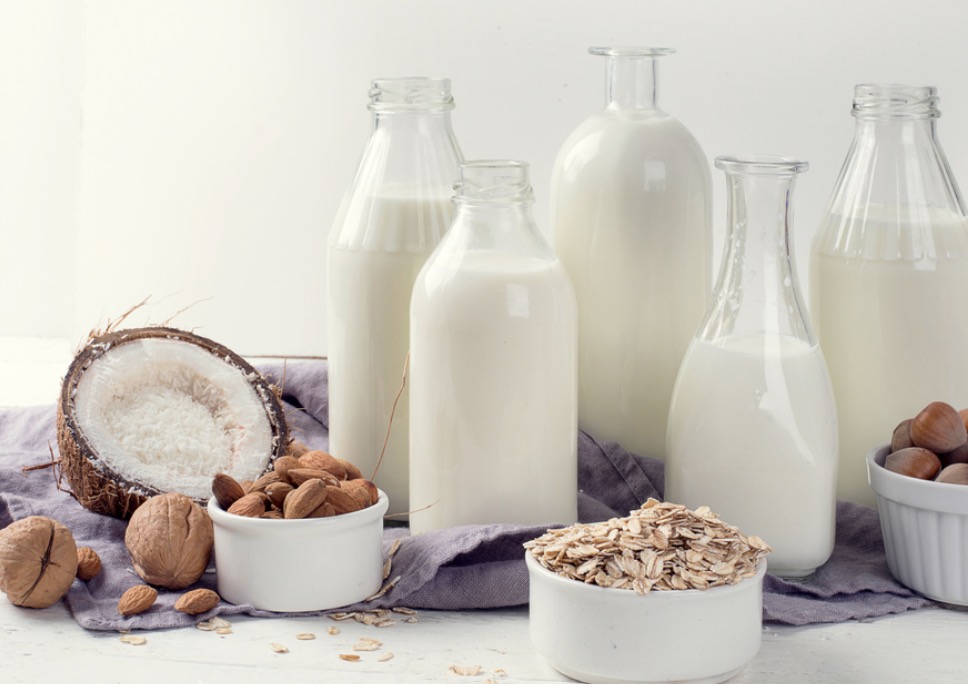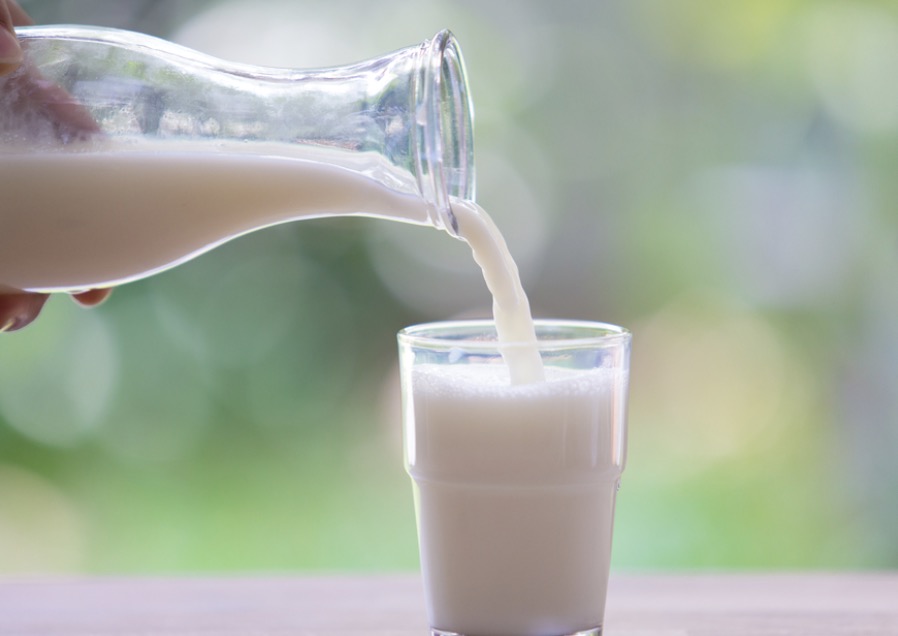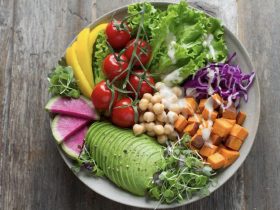Many people live with a dairy allergy or lactose intolerance, but are they the same thing? Learn the similarities and differences between the two conditions. Discover the facts about dairy substitutes and vegan chocolate. The distinctions will help you make the best choices for your needs.
Reader's Roadmap
What Is a Dairy Allergy?
A dairy allergy is an abnormal immune system response to the proteins in cow’s milk. The body goes on the defensive against milk proteins, causing an allergic reaction. Milk allergies can lead to symptoms like hives and itching. Gastrointestinal symptoms may include diarrhea and vomiting. In severe cases, a dairy allergy can cause anaphylaxis. Anaphylaxis is a life-threatening allergic reaction with warning signs like chest tightness and trouble breathing. If you think you have a dairy allergy, talk to your doctor. Lab tests can help confirm an allergy to cow’s milk. Some treatment options for milk allergies include medications and dietary changes.
What Is Lactose Intolerance?
Lactose intolerance is a digestive reaction to cow’s milk. The small intestine does not produce enough lactase necessary to digest the lactose in dairy products. When undigested lactose reaches your large intestine, you may experience symptoms of digestive distress. Signs and symptoms of lactose intolerance include stomach bloating and intestinal gas. Some people may experience stomach pain or cramping, while others may have nausea or vomiting. Since it takes some time for food to reach your large intestine, you may not have symptoms for a day or two after you consume lactose.
Ask your doctor about lactose intolerance. Various laboratory tests will give them more information about your symptoms. One of the most common tests is a hydrogen breath test, but your doctor can also test your blood sugar.

What Are the Similarities and Differences?
By now, you can tell that dairy allergies and lactose intolerance are not the same conditions. So, how are they similar and different? Let’s look at their most significant distinctions:
How They’re the Same
Dairy allergies and lactose intolerance are related to cow’s milk and how it affects the body. Both conditions share overlapping symptoms, such as nausea or diarrhea. If you have one of these conditions, it’s also likely that you’ll make dietary changes to feel better.
How They’re Different
Perhaps the most significant difference between dairy allergies and lactose intolerance is that they concern different molecules found in cow’s milk. Dairy allergies are about the protein found in cow’s milk while lactose intolerance involves its sugars or lactose.
Dairy allergies cause symptoms like hives and itching that aren’t found with lactose intolerance. Unlike lactose intolerance, a dairy allergy can lead to anaphylaxis. Lactose intolerance is only about the digestive system, while dairy allergies can cause symptoms all over the body.
Your doctor may use different tests to rule out dairy allergies or lactose intolerance. Blood and skin prick tests are the most common ways to check for a milk allergy. A breath or blood sugar test can be a reliable choice for testing for problems with lactose. Another option is a test using a stool sample.
Common Foods to Avoid
If you have a dairy allergy, you’ll avoid milk products. Some of the more obvious foods include cheese and butter. Ice cream and yogurt are off the table, but you must also carefully read food labels. Cow’s milk is in many foods, from packaged snacks to baked goods. Common foods to avoid include:
- Beverages containing milk products: Avoid all beverages containing milk products, including powdered or condensed milk. Some hot cocoa mixes also have cow’s milk, so be sure to use drinking chocolate. Avoid milkshakes and eggnog.
- Commercially prepared bread: Store-bought rolls and bread loaves often contain milk products. Look for vegan bread or bread made with non-dairy ingredients. Many donuts and muffins have milk unless they’re vegan. The same goes for pancakes and waffles. Check before you eat to see if there’s a non-dairy option.
- Cereals with milk solids: Avoid cereals with casein or milk solids.
- Dressings with milk products: Some salad dressings and mayonnaise contain milk products.
- Creamy soups: Many versions of broccoli cheddar and potato soup include milk. Be sure your food is made with non-dairy products.
- Frozen food products: Some frozen vegetables are coated in milk products, while frozen french fries may be sprayed with lactose.
- Whey and buttermilk: These products are commonly found in foods and recipes but contain cow’s milk.

Enjoying Non-Dairy Food and Recipes
It’s essential to be cautious when you have a dairy allergy. Thankfully, a variety of vegan and non-dairy products are available for you to enjoy. Here are food and drinks to try:
- Non-dairy beverages: Coffee and tea are okay if you don’t add milk. You can also enjoy flavored water and fruit drinks.
- Vegan chocolate: Instead of milk chocolate or sweets made with milk, you can munch on vegan chocolate bars. Dark chocolate made with organic cacao and cocoa butter contains no milk. If you’re a fan of milk chocolate, eat creamy oat milk chocolate instead.
- Plant-based baking chocolate: Many types of baking chocolate are vegan, including unsweetened and plant-based bittersweet baking chocolate. Make vegan brownies and chocolate cookies with 100% plant-based ingredients. Vegan chocolate is so delicious that you won’t even miss the dairy.
- Milk-free bread: Take your pick of milk-free bread and french bread.
- Non-dairy packaged cereal and snacks: Graham crackers and rice cakes are non-dairy. You’re also free to eat any cereal that doesn’t include milk or milk products.
- Non-dairy milk and butter: Non-dairy milk and butter will help you make delicious desserts and dishes. Add vegan butter to mashed potatoes or sweet potatoes.
- Rice and pasta: You can still eat noodles and rice if you have a dairy allergy. Season and flavor your grains with plant-based oils or spices.
Thriving with a Dairy Allergy or Lactose Intolerance
If you’re new to dairy allergies or lactose intolerance, it can be challenging to change your diet. With some learning and practice, you’ll be on your way to feeling and eating healthier. Better yet, you’ll protect yourself from digestive upset or allergic reactions. These days, there are plenty of vegan and non-dairy options so you can enjoy the foods you love.






Leave a Reply
View Comments